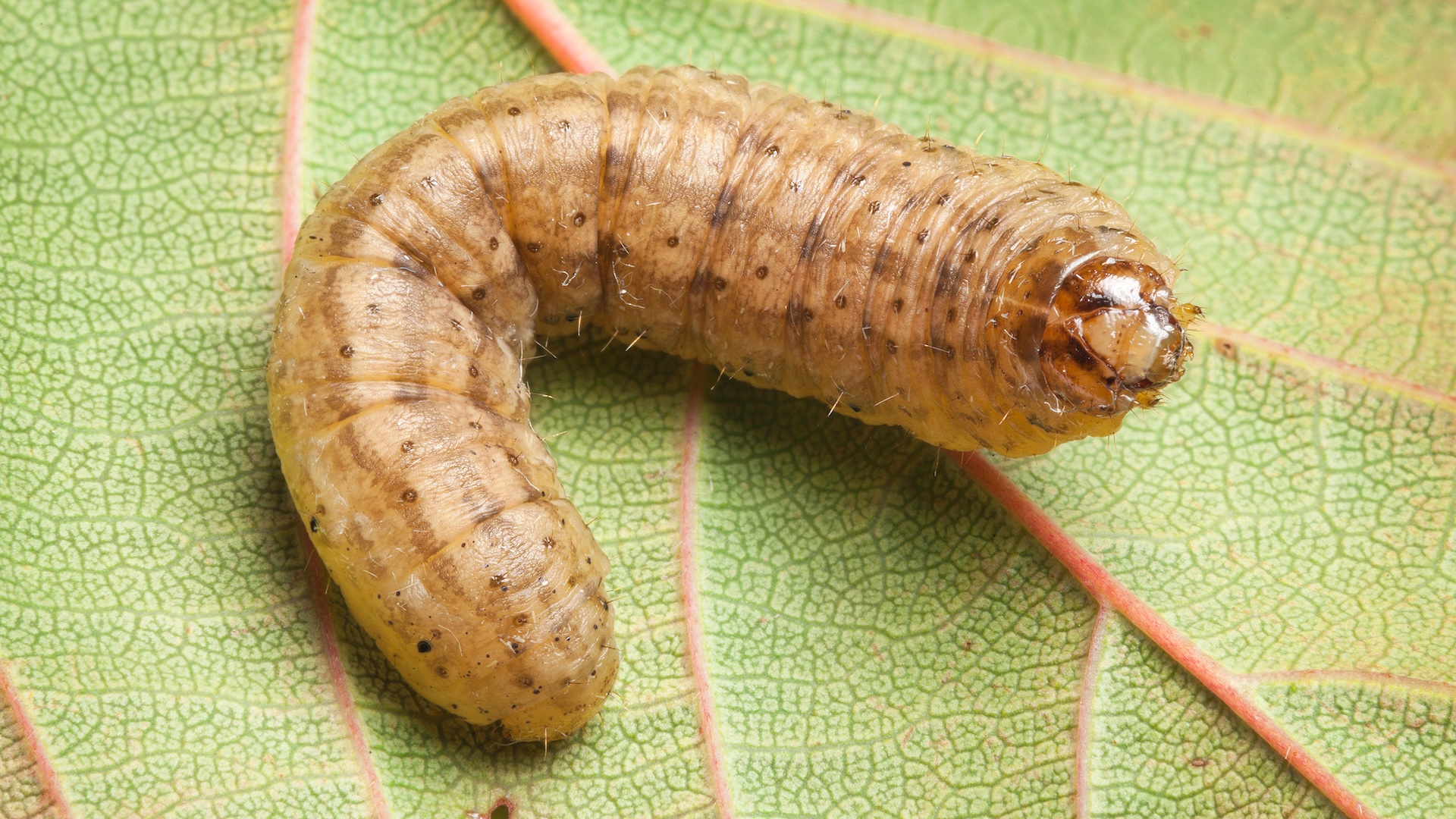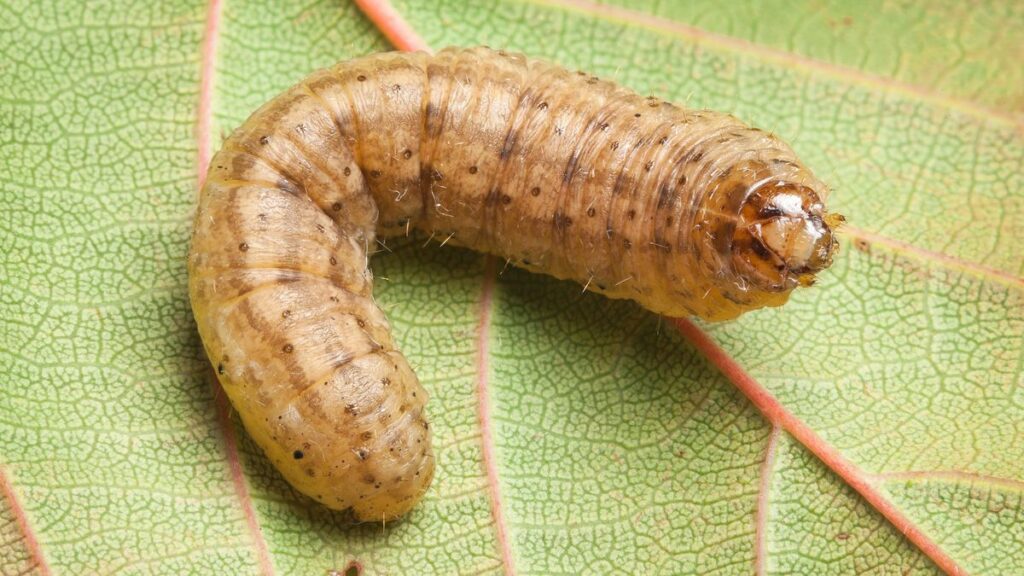
A pest called the fall armyworm has spread across the globe, threatening food security in more than 80 countries. But now, new research has revealed Australian fungi that eat the worms from the inside out — and may be the key to stopping the pests’ destructive spread.
Fall armyworms (Spodoptera frugiperda) are a type of grey moth native to tropical areas of Central and South America, and in recent years, they have become one of the world’s most devastating corn crop pests. The adult moths can migrate long distances aided by global trade and by winds, and they are now present in Europe, Asia, Africa and Australia.
The longest recorded armyworm flight was from Mississippi to southern Canada, covering 870 miles (1,400 kilometers) in just 30 hours, Johnnie van den Berg, a zoologist at North-West University in South Africa who was not involved with the new research, told Live Science in an email.
One fertile S. frugiperda female can lay 1,000 to 2,000 eggs in her lifetime. And the offspring develop rapidly: After eggs are laid on corn plants, the larvae are big enough to cause serious leaf damage in about a week, van den Berg said. The worm-like larvae are also difficult to detect, as they are small and hard to spot — often, farmers might not detect fall armyworms until crop damage has already begun.
Related: What’s the difference between a moth and a butterfly?
These pests mostly eat corn but can feed on a huge variety of other crops, damaging wheat, cotton, sugarcane and vegetables.
Farmers have tried to control the spread of armyworms with pesticides, but the pests can quickly develop a resistance to chemical pesticides. So scientists and farmers have explored alternatives for managing the armyworm problem, such as introducing viruses that attack the worms, applying botanical extracts and engineering crops to be resistant. But these methods vary both in their viability on a large scale and in their cost effectiveness.
Now, new research from Australia’s Department of Primary Industries (DPI) announces a promising breakthrough: Fungi and bacteria native to Australia that attack the fall armyworm.
The researchers have identified up to five types of fungi that can kill fall armyworms within 24 hours of exposure. For example, the fungus Nomuraea rileyi attaches to the armyworm’s skin, covering it, before spreading inside the larva’s body. It then eats the armyworm from the inside out.
The researchers shared their findings in a meeting on fall armyworm management held in March, and with Australian journalists. They have not yet been published in a peer-reviewed journal.
In separate research, another team of scientists discovered additional types of fungi that are able to kill fall armyworms, along with some types of bacteria. Some strains of the fungus Beauveria bassiana killed about 75% of armyworms within 48 hours.
This research team still doesn’t fully understand how B. bassiana kills armyworms, study co-author Wee Tek Tay, a biologist at the Commonwealth Scientific and Industrial Research Organisation (CSIRO) in Australia, told Live Science in an email. They believe it could be linked to a toxin the fungus produces that affects the armyworms’ gut, creating pores in gut cells that likely cause the worms to starve, trigger blood poisoning, or both.
The CSIRO researchers say their work is still in the early stages, and more research is needed to move toward application for pest management.
“The use of biological control agents … can be very effective,” Tay noted. However, deploying the fungi would “require careful resistance management planning,” he said, because just like conventional insecticides, misusing fungi could lead to resistance.
The fungi his team tested are commonly found in the natural environment and regularly encountered by insects, he added, so they don’t anticipate the fungi having bad ecological impacts if they were used to control fall armyworms.
The DPI scientists, meanwhile, are now working to get N. rileyi approved for sale as a pest control measure, so it can be made available to farmers.
Before the fungi can enter large-scale use, the potential risk and unintended consequences the fungi might have on the environment must be assessed, van den Berg said. But compared to the impact of chemical insecticides, the impact of bacteria and fungi tend to be much less harmful to the environment, he said.
